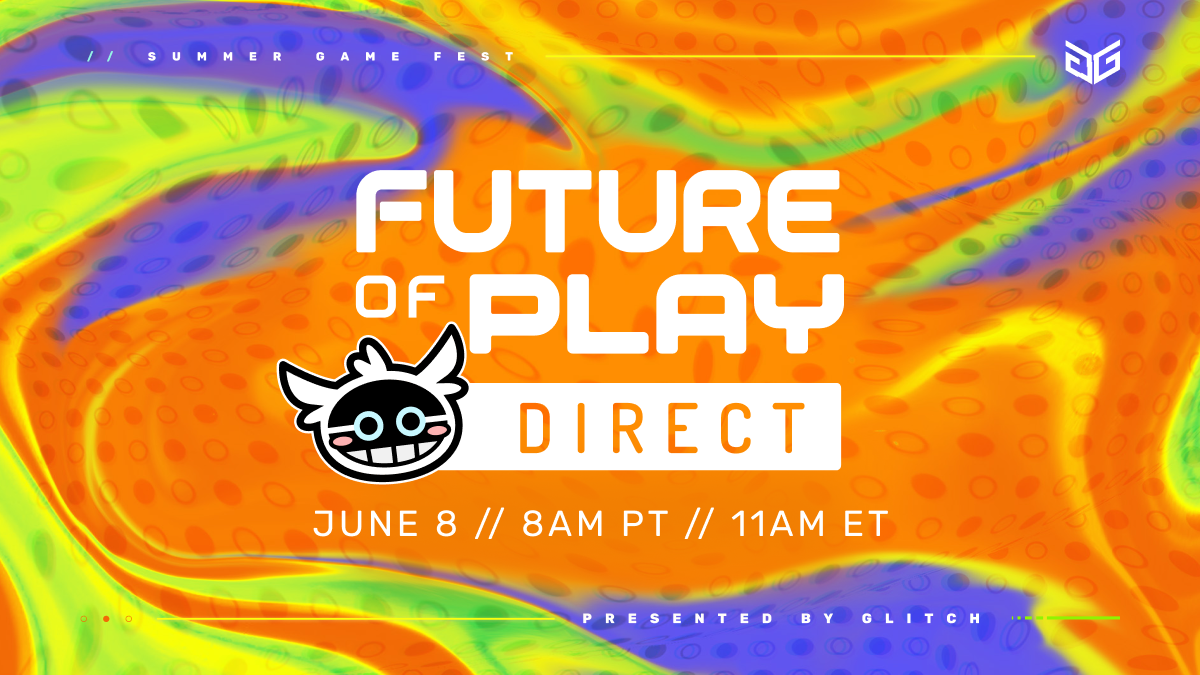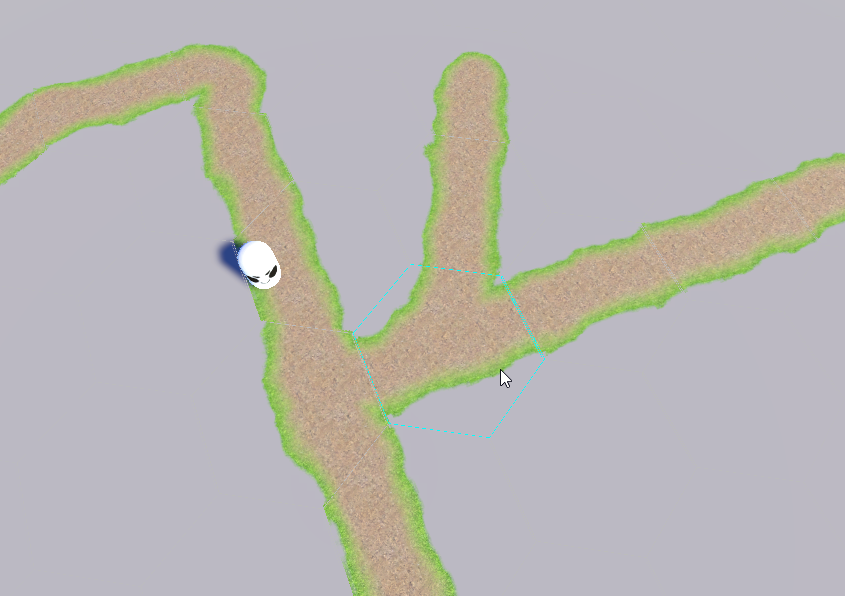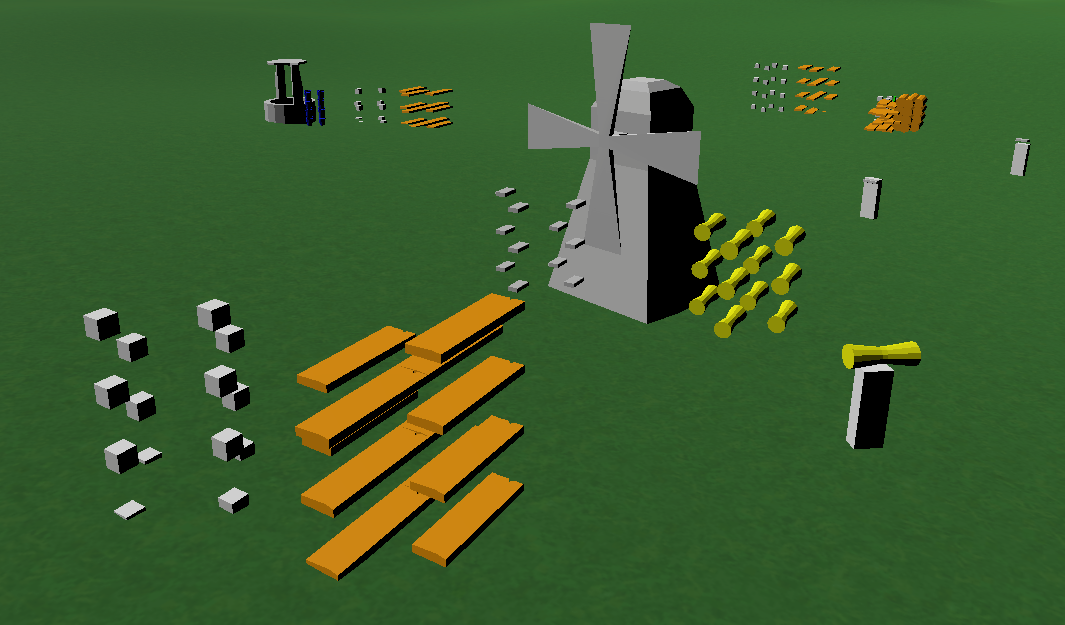We're super excited to share a first brief look at our next game with you soon, in the Future Of Play Direct livestream during Summer Game Fest on June 8.
Tune in live on Twitch to the Twitch Gaming, IGN or GameSpot channels, or watch on YouTube!
After the game is announced we'll regularly release devlog posts here again, similar to what we did for Parkitect :)
Game Reveal


